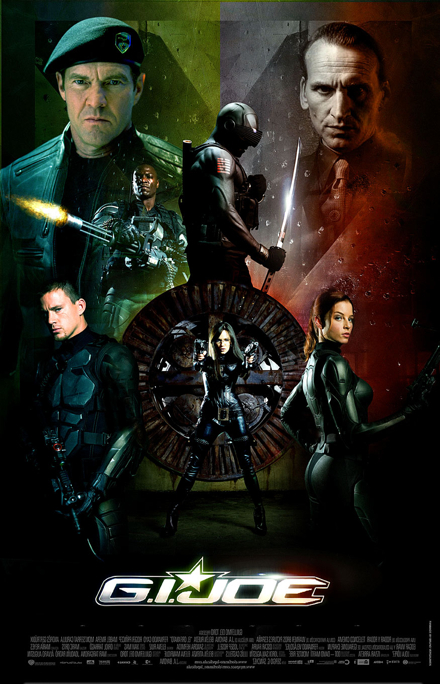What is film distribution?
Film distribution is the process through which a movie is made available to watch for an audience. This task is accomplished in a variety of ways with theatrical release, a home entertainment release or a TV broadcast. Film distribution usually goes through many steps for the movie to be available to the specific audience.
Here is usually the path in the process a film company may need to go through for their movie to be available to watch:
· Someone has an idea for a movie.
· They pitch the idea to producers/directors and write the movie out.
· A studio/investor purchase rights to the movie.
· Find actors/mise-en-scene.
· Find suitable locations and check if available for when needed.
· Rehearse scenes.
· Film the movie.
· Edit the movie and produce final cut.
· The film is sent to the studio which makes a licensing agreement with a distribution company.
· The distribution company determines how many copies of the movie to make, buyers negotiate with distribution terms and few days before the movie release the movie is sent to the theaters.
· Merchandise is sold to promote the movie.
· Public release/Theaters show the movie for specified number of weeks.
· The potential target audience buys a ticket to watch the movie.
· After the number of weeks the movie has run the copy is sent back to the distribution and money is paid to the distribution company.
Hollywood’s Studio System
The studio system was a means of film production and distribution dominant in Hollywood from the early 1920s through the 1950s. The term studio system refers to the practice of large motion picture studios producing movies primarily on their own filmmaking lots with creative personnel under often long-term contract and pursuing vertical integration through ownership or effective control of distributors and movie theatres, guaranteeing additional sales of films through manipulative booking techniques.
During the Golden Age, eight companies constituted the so-called major studios that promulgated the Hollywood studio system. Of these eight, five were fully integrated conglomerates, combining ownership of a production studio, distribution division, and substantial theater chain, and contracting with performers and film making personnel: Fox Film Corporation (later 20th Century-Fox), Loew’s Incorporated, Paramount Pictures, RKO Radio Pictures, and Warner Bros. Two majors—Universal Pictures and Columbia Pictures—were similarly organized, though they never owned more than small theater circuits. After the system as of 2007, five of the Golden Age majors continue to exist as major Hollywood studio entities, each as part of a larger media conglomerate: Columbia (owned by Sony), 20th Century Fox (owned by News Corporation), Warner Bros. (owned by Time Warner), Paramount (owned by Viacom), and Universal (owned by General Electric/NBC Universal). In addition, The Walt Disney Company's Buena Vista Motion Pictures Group has emerged as a major, resulting in a "Big Six." With the exception of Disney, all of these so-called major studios are essentially based on the model not of the classic Big Five, but of the old United Artists: that is, they are primarily backer-distributors (and physical studio leasers) rather than actual production companies.
Horizontal Integration
Horizontal Integration involves the acquisition of competitors in the same section of the industry. An example of Horizontal Integration is Sony Ercisson. Sony Ercisson is a joint venture which joined together in 2001. Both companies stopped making their own phones and joined together to form the phones now known as Sony Ercisson. This Horizontal Integration has proved to be successful world-wide. Another example of Horizontal Integration is when Easy-Jet took over GO! in 2002.
Vertical Integration
Vertical Integration is when companies control the three main areas of production, distribution and exhibition and involves one company having the ownership of every stage of the production process, thereby ensuring complete control of a media product. An example of Vertical Integration when Granada buying into Liverpool Football Club. Also a common successful horizontal integration example is how Intel has dominated the computer processor market, supplying such chips to several different manufacturers, such as Dell, Toshiba, and the Hewlett-Packard Company.








